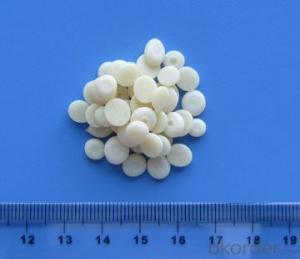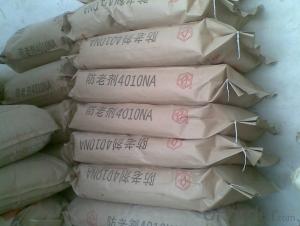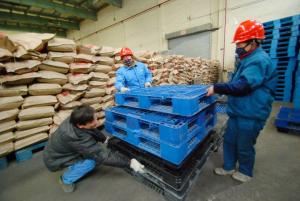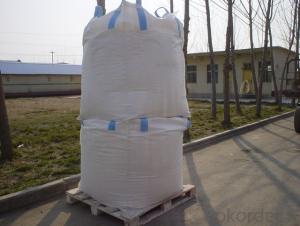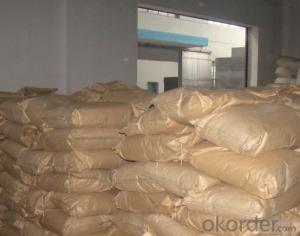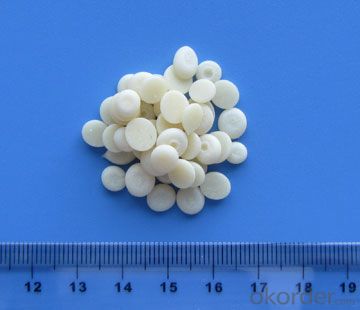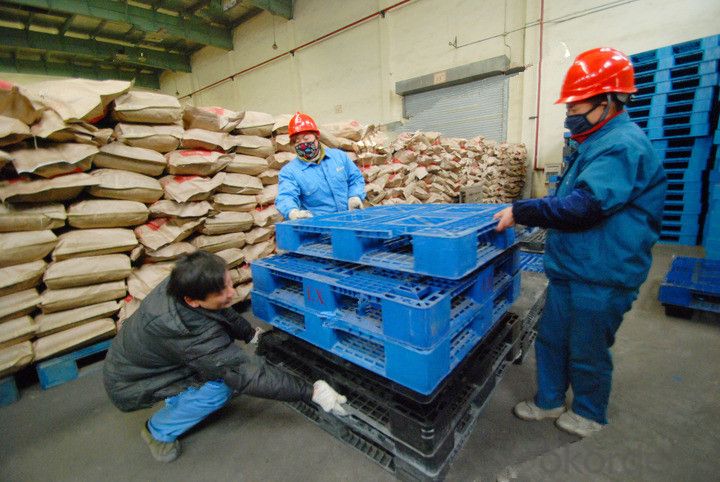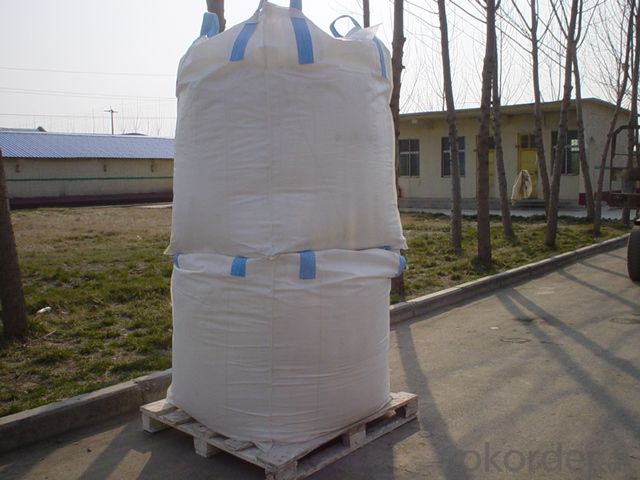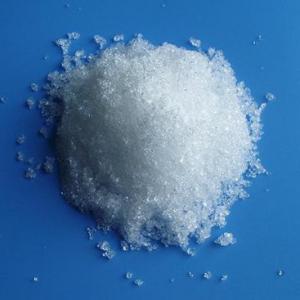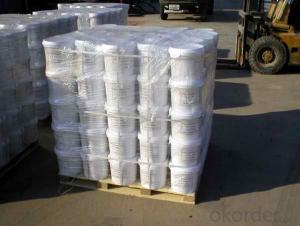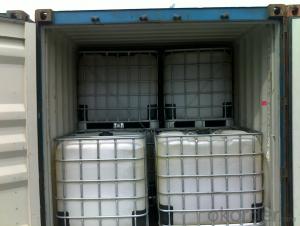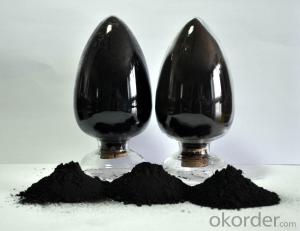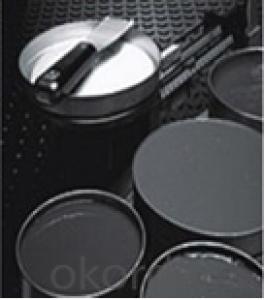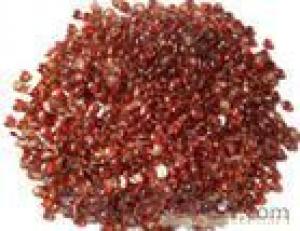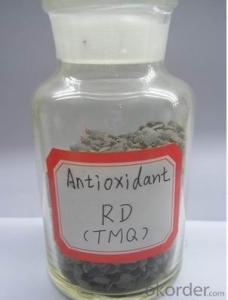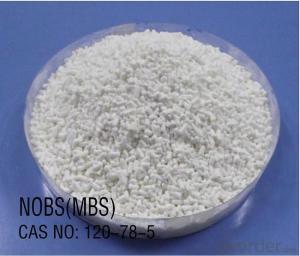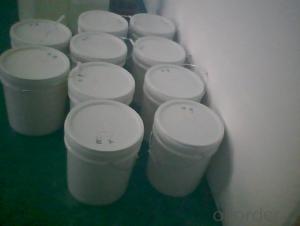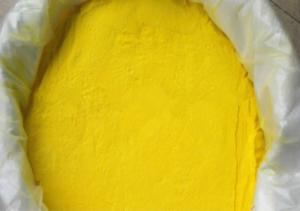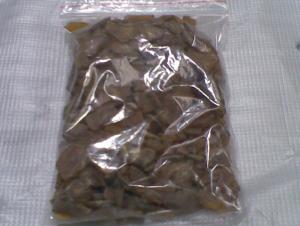Rubber Chemcials Rubber Antioxidant PAN (A)
- Loading Port:
- Tianjin
- Payment Terms:
- TT OR LC
- Min Order Qty:
- 25 m.t.
- Supply Capability:
- 12000 m.t./month
OKorder Service Pledge
OKorder Financial Service
You Might Also Like
PAN (A)
Chemical Name:N-Phenyl-α-naphthylamine
Molecular Formula:C16H13N
Molecular Weight: 219.28
CAS NO.:90-30-2
Executive standard:GB/T 8827-2006
Specification:
| Index |
Appearance: | Yellow or purple flake |
solidifying Point.℃ ≥ | 53.0 |
Free amine (phenyl amine)% ≤ | 0.20 |
Volatile,%≤ | 0.3 |
Ash,% ≤ | 0.10 |
Properties: Yellow or purple flake. melting point 62℃,boiling point 335℃,flash point 188℃, relative density 1.16-1.17, Soluble in acetone, benzene, ethanol, carbon tetrachloride, chloroform, soluble in gasoline, insoluble in water. Exposure to sunlight and air in the Gradient purple, flammable.
Applications: This product is commonly used in tire, hose, tape, rubber, adhesive tape products, as well as a variety of other industrial rubber products dark antioxidant, may also be used as stabilizer in the styrene-butadiene rubber.
Packing:Polypropylene knitted bags lined with polyethylene bags.Net weight 25kg per bag.
Properties: The product should be stored in the dry and cooling place with good ventilation. The product should be avoid hot sunshine.
- Q: High school chemistry, catalyst activation energy map
- Catalytic reaction is the reaction of the first reaction with the catalyst or attached to the catalyst to form intermediates, and then further reaction to produce products and catalysts, so the amount of catalyst in theory is the same! The activation of these two processes can be reduced! So there will be two peaks! Can be simplified as a peak!
- Q: Biological enzymes and chemical catalysts of the differences in the source, nature and catalytic characteristics of the different, specific point
- Biological enzyme catalytic reaction conditions are mild, high selectivity, can not be infected
- Q: Also, how is the catalyst affected by heat? Please answer all of the questions not just one of the three. THANK YOU!
- The catalyst is affected by vinegar because vinegar is acidic meaning there are more H+ ions. This alters the charges on the R groups of the amino acid residues of the enzyme molecule. The bonds that help maintain the conformation of the enzyme molecule which is ionic will therefore, be disrupted and the binding of substrate will be affected. However, if pH is restored to optimum pH, the maximum activity of the enzyme will be restored but this is only if the pH was only altered by a small extent. If pH is altered by a large extent, the conformation of the enzyme molecule will be severely affected causing it to denature. The catalyst is affected by heat because excessive heat disrupts the intermolecular bonds which stabilise the secondary and tertiary structure of an enzyme molecule(the enzyme molecule has a tertiary structure). The enzyme molecule unfolds and the precise shape of the active site is lost. This loss of structure and function is irreversible.
- Q: How does the catalyst affect chemical balance? Why the catalyst has no effect on the chemical equilibrium, for v-t diagram
- The mechanism of the catalyst is to affect the reaction activation energy in the reaction. The positive catalyst reduces the activation energy required for the reaction and increases the proportion of the activated molecules, thus reducing the reaction time.
- Q: Can manganese dioxide do any catalyst for chemical reactions?
- The catalyst is selective
- Q: What is the quality of the catalyst in the chemical reaction, for example, 34.3 g before the hydrogen peroxide reaction, 32.7 g after the reaction, and how much is the catalyst mass?
- You can not calculate this question, the quality of the catalyst before and after the same reaction, how much reaction before the reaction on how much
- Q: CO and NO react under the action of a catalyst to generate chemical formulas for CO2 and N2.
- Landlord's question should not know how to match it, with the loss of electronic with a constant match
- Q: What is the catalyst for industrial aluminum electrolysis?
- 2AlCl3 (melt) = power = 3cl2 + 2al by-product is chlorine
- Q: Chemical reactions in the presence of impurities will cause catalyst poisoning, how to understand this sentence
- Catalyst poisoning reaction of raw materials contained in the trace impurities to the catalyst activity, selectivity significantly decreased or lost phenomenon. The nature of the poisoning phenomenon is a trace of impurities and the catalytic activity of the center of a chemical effect, the formation of non-active species. In the gas-solid heterogeneous catalytic reaction is formed in the adsorption complex. One is that if the toxic and active components of the role of weak, can be a simple way to restore the activity, known as reversible poisoning or temporary poisoning. The other is irreversible poisoning, it is impossible to restore the activity in a simple way. In order to reduce the side reaction activity, it is sometimes necessary to allow the catalyst to be selected for poisoning.
- Q: What is the catalyst called?
- Junior high school book definition: in the chemical reaction can change the chemical reaction rate of other substances, and its own quality and chemical properties before and after the reaction did not change the material called catalyst, also known as catalyst. The role of the catalyst in the chemical reaction is called catalysis.
Send your message to us
Rubber Chemcials Rubber Antioxidant PAN (A)
- Loading Port:
- Tianjin
- Payment Terms:
- TT OR LC
- Min Order Qty:
- 25 m.t.
- Supply Capability:
- 12000 m.t./month
OKorder Service Pledge
OKorder Financial Service
Similar products
Hot products
Hot Searches
Related keywords
